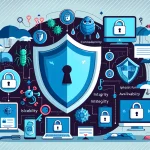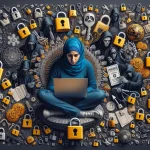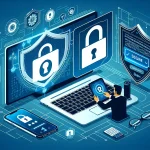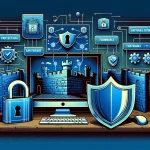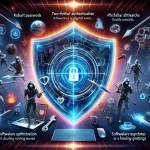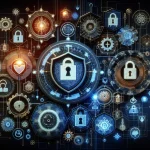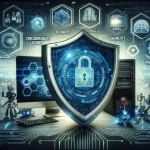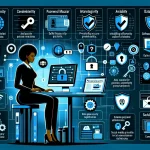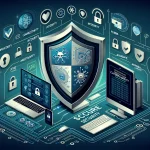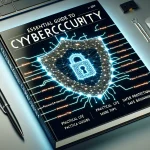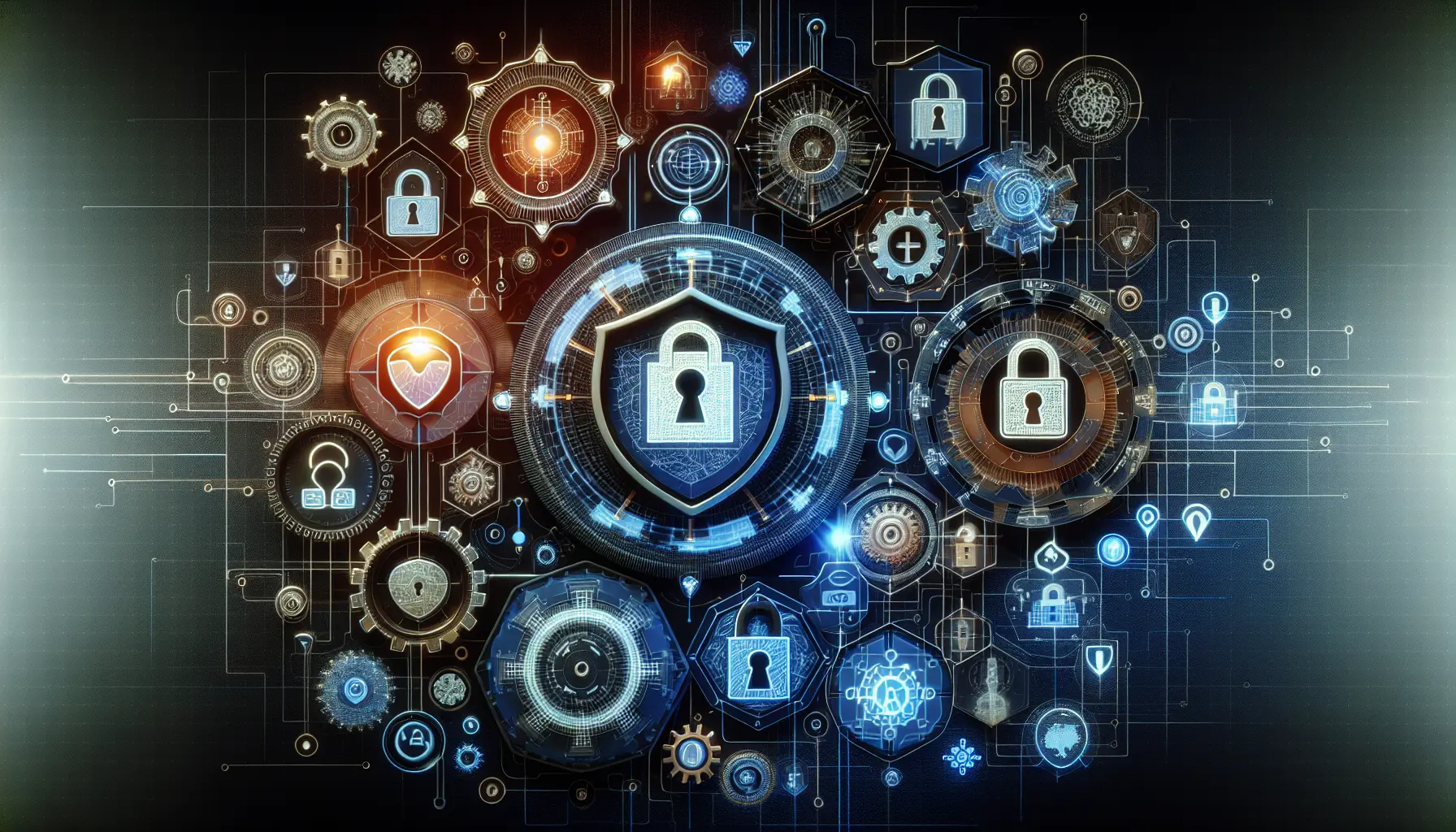
Estimated reading time: 8 minutes
Key Takeaways
- Cybersecurity Basics: Understanding the core principles of cybersecurity is essential for online safety.
- Common Threats: Be aware of threats like malware, phishing, and ransomware to better protect yourself.
- Security Steps: Implement strong passwords, two-factor authentication, and regular software updates.
- Personal Data Protection: Safeguard your personal information by managing privacy settings and using encrypted communication.
- Essential Tools: Utilize antivirus software, VPNs, and password managers to enhance your security.
Table of Contents
- Why You Need to Care About Cybersecurity
- Understanding the Basics of Cybersecurity
- Real Threats You Face Online
- Essential Security Steps Anyone Can Take
- Protecting Your Personal Information
- Essential Security Tools
- What to Do If You're Hacked
- Staying Safe Going Forward
- Final Thoughts
- Frequently Asked Questions
Why You Need to Care About Cybersecurity
Your digital life needs protection. From online banking to social media accounts, cyber threats lurk everywhere. But here's the good news: learning cybersecurity basics doesn't require a computer science degree. This guide will show you practical, actionable steps to protect yourself online.
Understanding the Basics of Cybersecurity
Think of cybersecurity like the locks and security system for your digital home. It protects your personal information, financial data, and online identity from criminals who want to steal them. The three core principles of cybersecurity are:
- Confidentiality: Keeping your private information private
- Integrity: Ensuring your data hasn't been tampered with
- Availability: Making sure you can access your information when needed
Real Threats You Face Online
Let's look at the most common cyber threats you might encounter:
Malware
These malicious programs can infect your devices through seemingly innocent downloads or email attachments. A recent example: fake COVID-19 tracking apps that actually stole people's banking information.
Phishing Scams
These tricks try to fool you into giving away sensitive information. Picture receiving an email that looks exactly like it's from your bank, asking you to “verify” your account details.
Ransomware
This nasty threat locks up your files and demands payment to release them. In 2021, a single ransomware attack shut down a major U.S. pipeline, showing how devastating these attacks can be.
Essential Security Steps Anyone Can Take
Here are the fundamental steps to protect yourself online:
Password Protection
- Create strong passwords using a mix of letters, numbers, and symbols
- Use different passwords for each account
- Consider a password manager to keep track of them all
Two-Factor Authentication (2FA)
Enable 2FA wherever possible. It adds an extra security layer by requiring a second form of verification beyond your password.
Software Updates
Update your devices and applications regularly. These updates often patch security holes that criminals could exploit.
Protecting Your Personal Information
Your personal data is valuable. Here's how to guard it:
- Think twice before sharing personal details on social media
- Check privacy settings on all your accounts monthly
- Use encrypted messaging apps for sensitive communications
- Back up important files regularly to an external drive or secure cloud service
Essential Security Tools
These tools form your digital security toolkit:
Antivirus Software
Install reputable antivirus software and keep it updated. It's your first line of defense against malware.
Virtual Private Network (VPN)
Use a VPN when connecting to public Wi-Fi. It encrypts your internet traffic, making it harder for attackers to intercept your data.
Password Manager
This tool generates and stores strong passwords securely, so you don't have to remember them all.
What to Do If You're Hacked
If you suspect a security breach:
- Change your passwords immediately
- Contact your bank if financial information was involved
- Monitor your accounts for suspicious activity
- Report identity theft to relevant authorities
Staying Safe Going Forward
Cybersecurity isn't a one-time task. Make these practices part of your routine:
- Review account activity weekly
- Update passwords every three months
- Keep software updated
- Stay informed about new security threats
Final Thoughts
Cybersecurity might seem overwhelming at first, but taking small, consistent steps makes a big difference in protecting your digital life. Start with the basics: strong passwords, two-factor authentication, and regular updates. Build from there as you become more comfortable with these fundamental security practices.
Remember, cybersecurity isn't about achieving perfect protection – it's about making it harder for criminals to target you successfully. By following these guidelines, you'll be better protected than most internet users.
Frequently Asked Questions
What is cybersecurity?
Cybersecurity refers to the practice of protecting systems, networks, and programs from digital attacks.
Why is it important to have strong passwords?
Strong passwords are crucial because they help prevent unauthorized access to your accounts and personal information.
What should I do if I receive a phishing email?
If you receive a phishing email, do not click on any links or provide any information. Report it to your email provider.
How can I protect my personal information online?
You can protect your personal information by using privacy settings, being cautious about what you share, and using secure connections.
What is two-factor authentication?
Two-factor authentication (2FA) is a security process that requires two different forms of identification before granting access to an account.
